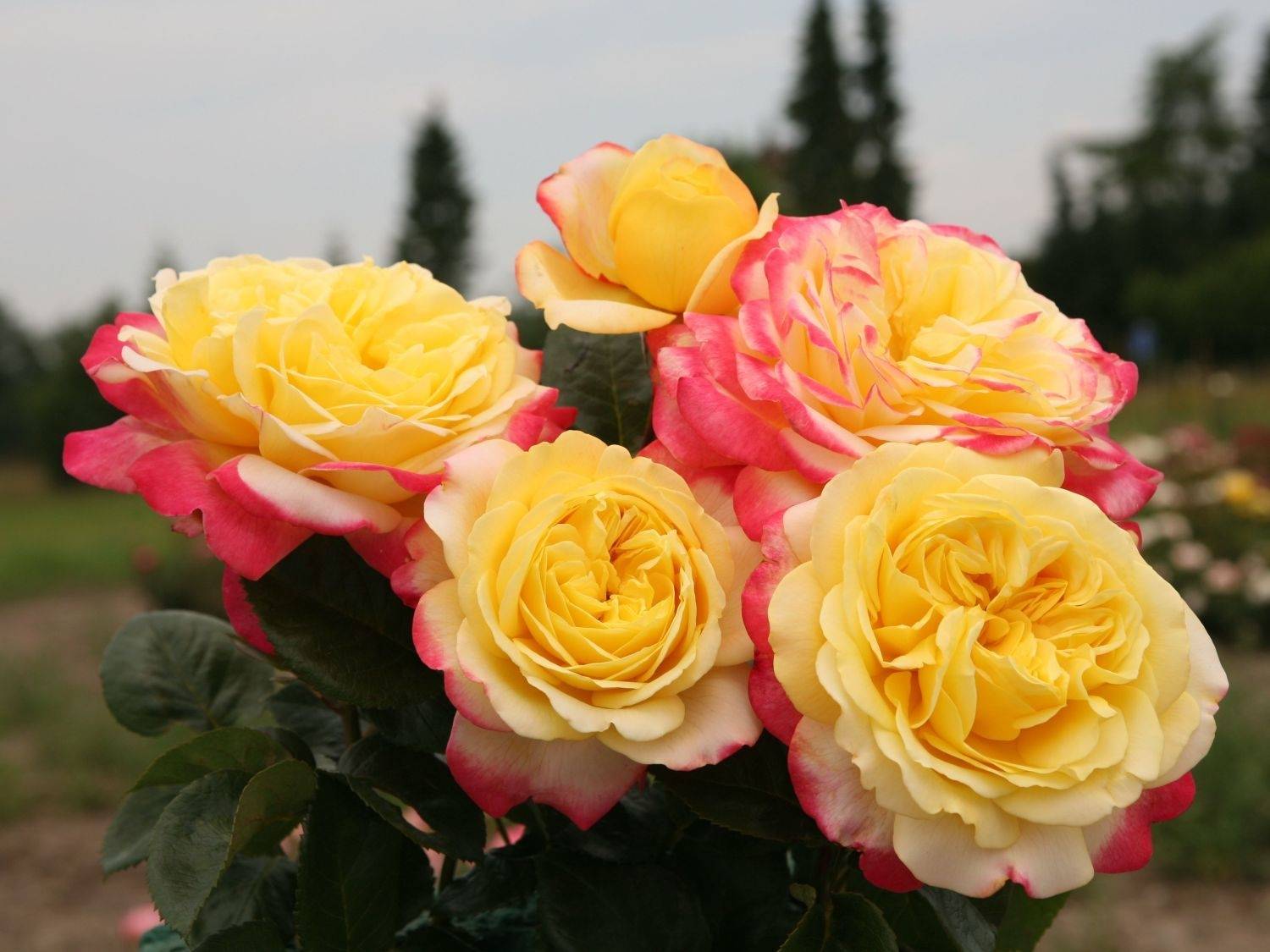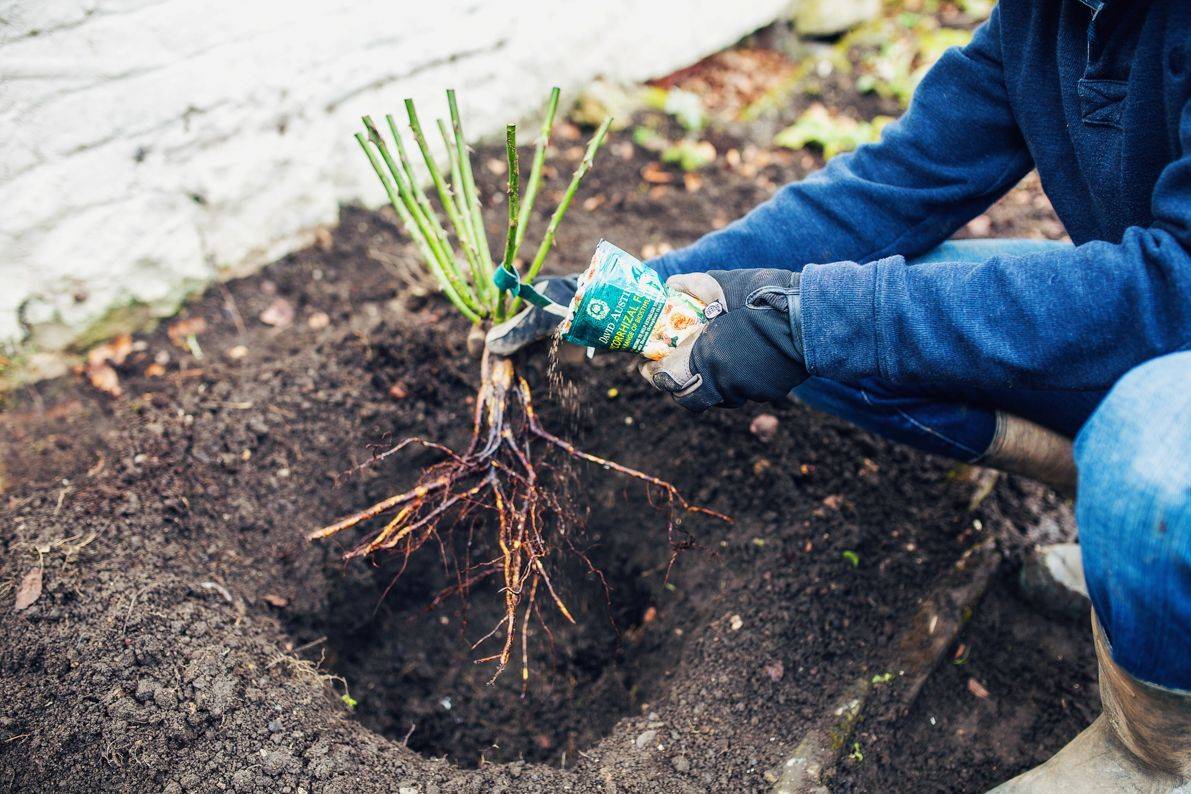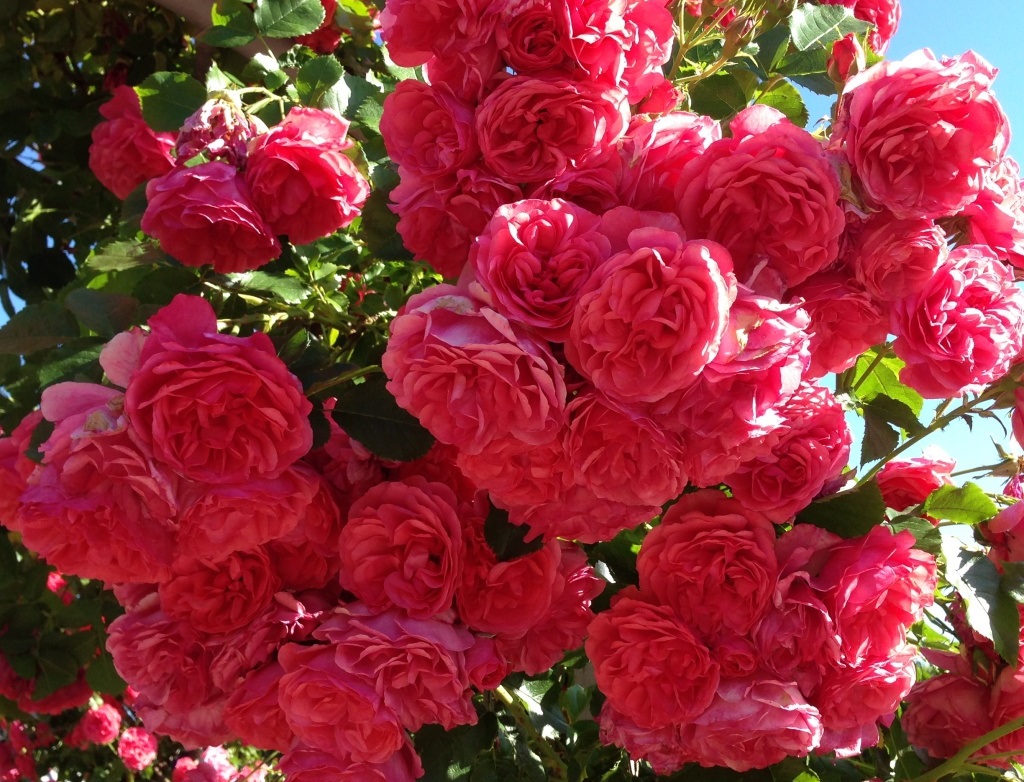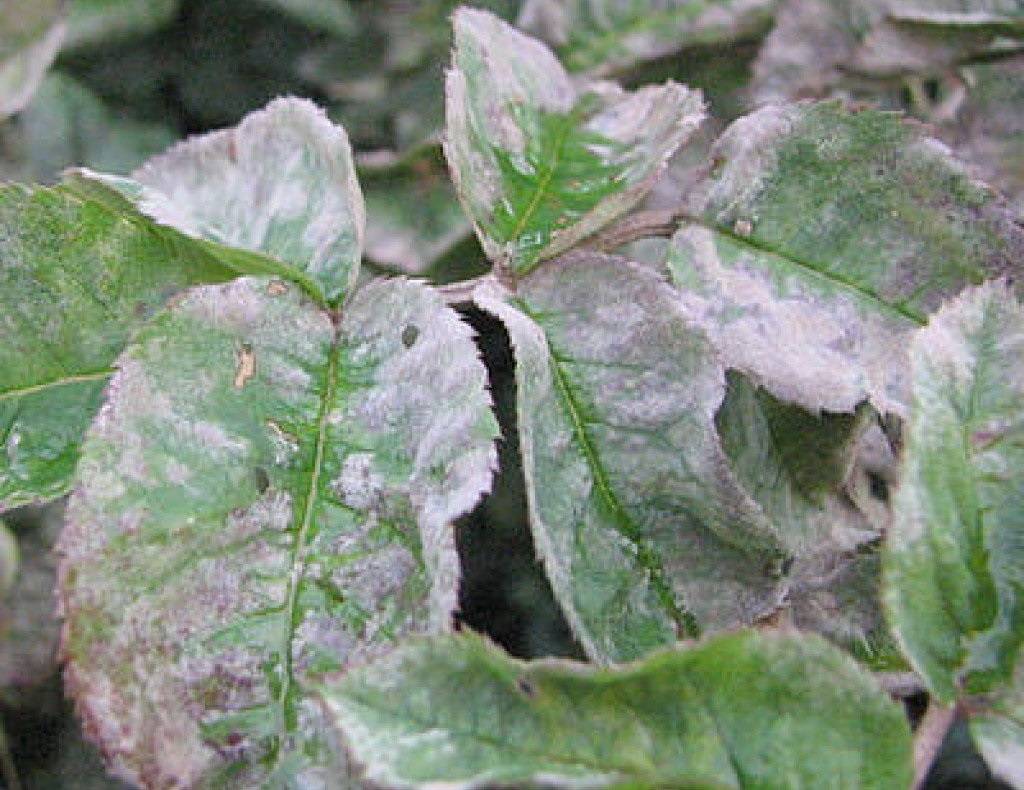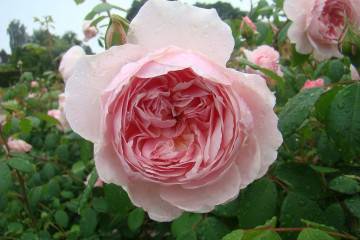Rosa Kordes - what is this garden group
Content:
Rosa Cordes is distinguished by a wide variety of varieties and varieties. They have not only different color palettes of buds, but also shape and structure. Rose Cordes has large and delicate flowers with a pleasant aroma.
Rosa Cordes (Kordes) - what is this garden group, the history of creation
Cordes belongs to the German group of roses. The flower was bred by the famous breeder Wilhelm Cordes, in honor of him the plant was given a name. The culture was obtained by crossing English and French groups of roses. Cordes gained popularity almost immediately after its appearance at the end of the First World War, but it only came to Russia after the collapse of the USSR.
Short description
According to their description, the varieties of the Cordes rose may have slight differences. The flower grows in the form of a spreading shrub and reaches from 1 to 2.5 meters in height. Dark green dense leaf plates are rather large in comparison with other groups of roses, in size. The large cupped buds consist of 40 soft but dense petals of delicate colors.
Varieties of roses of the Cordes group
All types of Cordes are characterized by high winter hardiness, resistance to pests and diseases. They have good adaptability to different climates and growing environments.
Floribunda
These roses are the result of crossing teaspoons with nutmeg varieties. They have long flowering and numerous color options: from pale pink to scarlet. They are not very capricious in their care, they are suitable for cutting and creating bouquets.
Tea-hybrid
The most popular variety of Cordes, which has all the positive characteristics of the tea group. In addition to high winter hardiness and disease resistance, the shrub has adopted beautiful shapes and colors of buds.
Groundcover
Spreading and climbing ground cover roses are very popular in hedges, walls, high slopes and various park decorative designs. The shrub begins to bloom from early summer and continues until autumn.
A significant disadvantage of this variety is its reduced winter hardiness, so the bushes must be covered for the winter.
Climbing
The climbing variety is widely used in landscape design, since it can be grown as an ampelous plant. The color range is very diverse, mainly, these are monochromatic bouquets of pink, lilac, peach, red shades.
Park
They are characterized by high decorative flowering. Very large buds can each have up to 150 double petals.
The most popular varieties with a short description
The most sought-after varieties of Cordes in home floriculture and landscape design are:
- Crown Superior - creamy white terry roses of short stature up to 2.5 meters.
- Illusion - lush and large buds of a bright red hue, height - about 2 meters.
- Novaliz - lilac dense double roses, grow no more than 80 centimeters in height.
- Adzhimushkay is a Crimean variety of Kordes with lush and thick bright red buds, the height can reach 3 meters, since the shrub belongs to the climbing variety.
- Princess - delicately pink buds look like peonies, bushes grow up to 1 meter.
Growing a flower, how to plant Cordes roses correctly
Planting Cordes is distinguished by its simplicity and ease; even a novice florist can cope with the procedure. It, like other varieties of roses at home, is easiest to grow with seedlings. The seeds are used only by breeders to obtain new varieties.
Saplings should be planted in late spring or early summer, autumn planting is also allowed at the end of September. Since Cordes is demanding on lighting, it is better to select hilly open areas for its cultivation. To protect the bushes from drafts, it is recommended to plant them next to small buildings and hedges.
How to prepare the soil and flower for planting
In the selected area, holes are dug 80 centimeters deep. Drainage material is poured onto their bottom, then fertilizers with loose soil.
Each hole contains a seedling. They, holding them with your hand, should be covered with nutritious soil mixture. For its preparation, sod land, sand, peat are used. From above, you need to carefully compact the soil and pour it abundantly with water.
Plant care
German roses are famous for their unpretentious care, this is one of the reasons for their demand among flower growers. Watering is carried out twice a week during the growing season, and with the arrival of autumn, the frequency of the procedure is gradually reduced, 5-7 liters of water are consumed for each bush. There are no special requirements for humidity, only in especially dry periods it is recommended to spray the bush.
It is necessary to feed the bush with mineral fertilizers during the growing season. Organic fertilizers are applied for the first time in spring and last in autumn. Top dressing is best done in liquid form twice a month. After blooming the buds, they stop using nitrogen-containing fertilizers, but increase the amount of phosphorus and potassium.
Pruning and replanting
Sanitary pruning is required annually: they remove dried and rotten shoots in the spring and prune the plant almost to the root in the fall. It is necessary to form a shrub as necessary in order to thin it out and increase the quality of flowering.
A transplant can be omitted at all if the fertilization procedure is carried out regularly and correctly. If the soil is depleted, then a transplant is recommended every 4-6 years.
Features of wintering a flower
Roses of Kordes are winter-hardy. They perfectly tolerate frosts without shelter, but many gardeners still play it safe and protect the bush. After pruning, you can simply cover the plant with foliage or earth, or cover it with spruce branches.
Blooming rose
The main advantage of Cordes is its abundant and colorful flowering. In this regard, the species can compete with English roses.
A period of activity and rest
German roses begin to bloom in early summer - in the first half of June. Flowering lasts all summer continuously and ends in early September. At the end of October, they begin to prepare the bush for wintering.
Care during and after flowering
During the flowering period, the care practically does not change. The only thing you need to pay attention to is to change the content of minerals in the top dressing and try not to overmoisten the soil near the bushes.
What to do if it does not bloom, possible reasons
The lack of flowering can be for various reasons:
- lack of lighting. It may arise as a result of an incorrectly selected growing place. In this case, there is only one way out - transplanting a bush;
- lack of moisture in the soil or waterlogging. To eliminate such problems, you should mulch the ground and constantly loosen it after watering;
- dry air due to prolonged summer heat. In this case, it is recommended to spray the plant daily.
Flower propagation
The easiest way to propagate a shrub is by cuttings. As a rule, they are cut from stable and healthy side shoots. The procedure is best done before setting flowers, somewhere in the middle of spring.
Cut off cuttings with a diameter of 3-5 millimeters and a length of 15 centimeters. Places of cuts are treated with "Kornevin", after which they are placed for 3 hours in ordinary water. Sections are planted in a box with a substrate and covered with a transparent glass or plastic dome. A month later, the cuttings will take root firmly.
Diseases, pests and ways to control them
The shrub rarely gets sick, so problems arise only in the absence of care and the complete neglect of Cordes. In such cases, fungal infections occur. Then the root system begins to die off at the bush and it begins to dry out. Sometimes powdery mildew may occur, in which the leaf plates of the rose turn white. In such a case, it is necessary to treat the bush with fungicides.
Rosa Cordes is known for its beautiful appearance and unpretentious care. The shrub practically does not get sick and tolerates severe frosts well.
